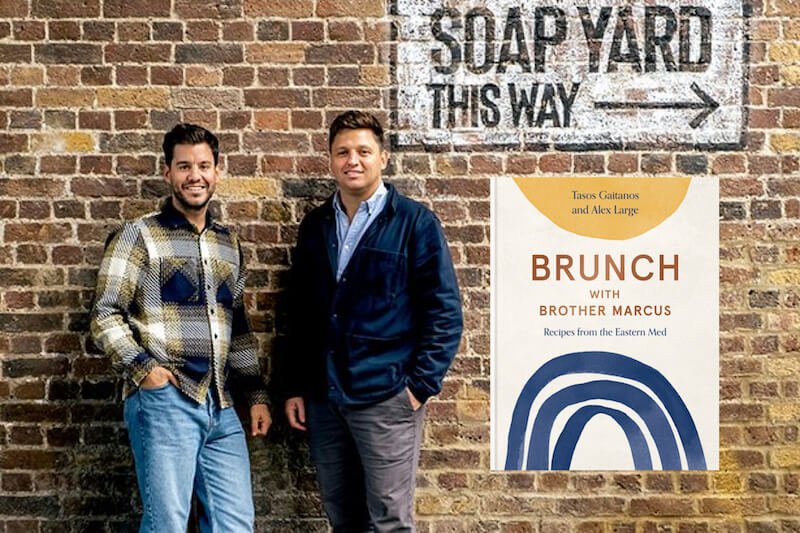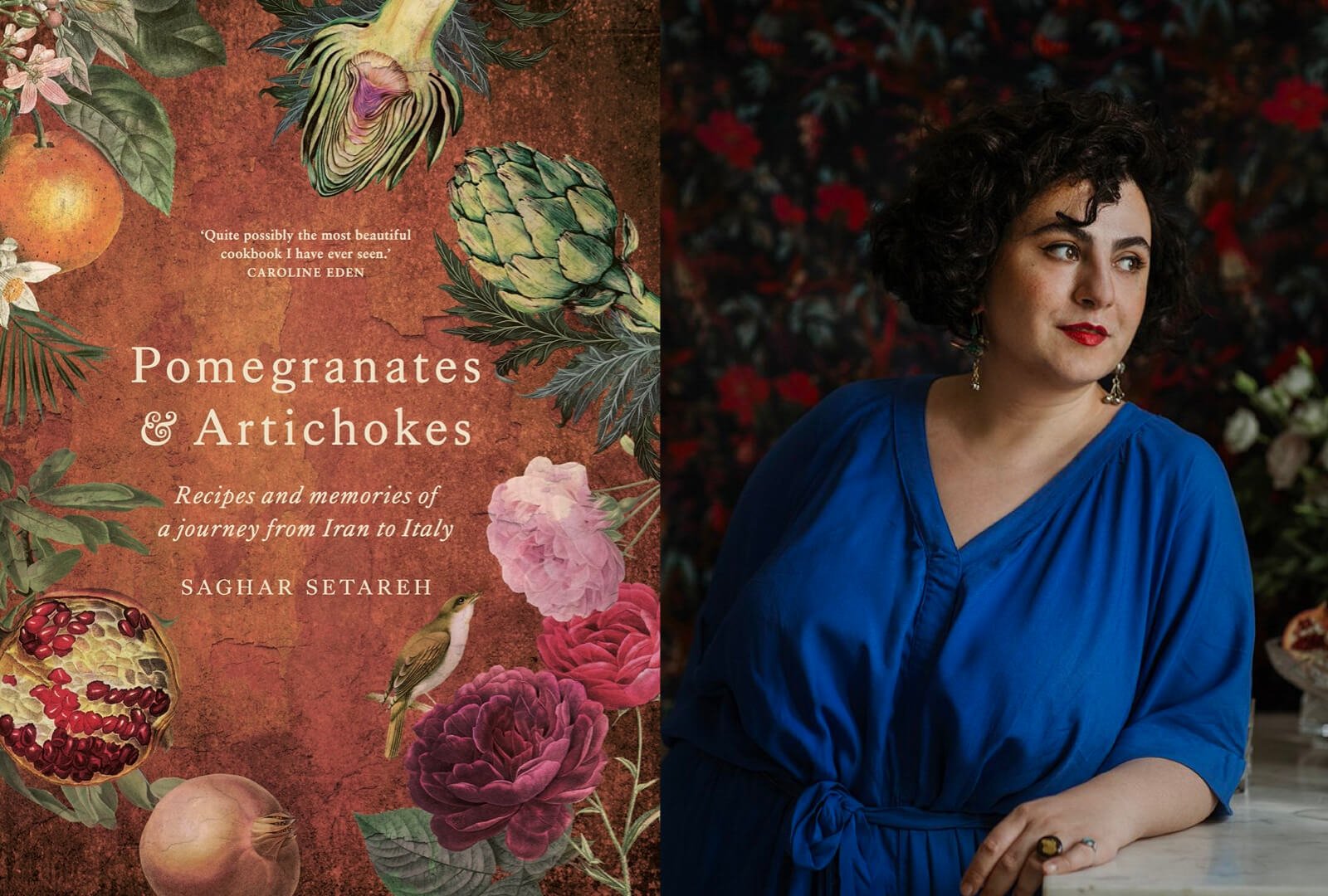Advertisement
Behind the Cookbook: Zarela’s Veracruz
24 May 2023 · Behind the Cookbook
Zarela Martinez is one of the US’s leading authorities on Mexican cuisine and currently co-hosts the podcast Cooking in Mexican From A to Z on the Heritage Radio Network with her son Aarón Sánchez.
Her restaurant, Zarela, was a fixture of the NYC dining scene from 1987 to 2011, serving authentic regional specialties. Over the course of her career, she has published three cookbooks on different aspects of Mexican cooking. The last of these books, Zarela’s Veracruz, was published in 2001, and was accompanied by a 13-part PBS TV series.
In this edited extract from the original book proposal, the author describes how she came to write about the cuisine of this region, a bustling modern area of Mexico which contrasts in many ways with Oaxaca, the subject of her previous cookbook.
When I had finished writing The Food and Life of Oaxaca, I thought I'd never want to write another cookbook. Not only was I exhausted from the work of getting a complex book into print, but my heart and mind were still full of Oaxaca. I felt that the state somehow summed up the entire Mexican experience – its beauty, its sorrows, its infinite layers of history, its incredible natural splendors, the deep inner life of its many peoples. All this I found expressed and consummated in the story of Oaxacan food.

The author on horseback while filming with PBS in Veracruz
Of course I had traveled to Veracruz and loved it immediately for the good food and the welcoming ways of the jarochos, as Veracruzans good-naturedly call themselves – its means something like "insolent so-and-so." (I tell the story of my initial brief visit in my first book, Food from my Heart.) But I wasn't dying to go back again. I was puzzled at the way all my Mexican friends – Veracruz is a favorite tourist destination for Mexicans themselves – kept telling me, "Oh, you don't know what you're missing!" Finally I gave in – and I have to admit my friends were right.
The atlases and guidebooks will tell you that Veracruz State is a long, skinny strip of green tropical lowland running northwest to southeast along the Gulf of Mexico, between the states of Tamaulipas and Tabasco, rising inland to steep mountains through which its western border twists in a jagged outline. They will say that it gave birth to Mexico's oldest civilization, the shadowy Olmecs with their mysterious jaguar cult. That it was the gateway to Europe's first full-scale Mexican campaign – Cortez's 1519 invasion, which destroyed Moctezuma and the Aztec empire. That it contains Mexico's highest peak, the dormant volcano called Cetlaltépetl or Pico de Orizaba, as well as Mexico's first and greatest seaport, Veracruz City. That it has a coastline about as long as the Atlantic coast of Florida, now studded here and there with the huge rigs that harvest Mexico's most lucrative twentieth-century resource, oil from the Gulf of Mexico.

Map of the Veracruz region (Credit: Rodica Prato)
What the sourcebooks don't tell you, and what I didn't understand at first, is that Veracruz is also a microcosm of everything that makes Mexico Mexico. Oaxaca reveals so many sides of the Mexican identity that for a long time I couldn't imagine its equal. I had to meet a place that was just as complex but incredibly opposite in its way of being Mexican. Here is just a partial list of the contrasts:
In most parts of Oaxaca people tend to be dignified, reserved, almost austere; the Veracruzans are the most joyfully extroverted people in Mexico.
Oaxaca was the last part of "New Spain" to be subdued by the Spanish; Veracruz willingly let them in before anyone else.
Oaxaca is the greatest Mexican stronghold of unassimilated Indian peoples jealously guarding their ethnic legacies against the outside world; Veracruz is the most racially mixed state of the country.
Oaxaca is a magnet for tourists seeking unique and lovely native crafts; despite the best efforts of the tourism office, Veracruzans are not terribly interested in making a living from pottery or weaving.
A Kitchen Crossroads
I first experienced the local cuisine in the port of Veracruz. Sugar was the first of many experimental crops, brought here by the conquerors, nearly all successful and lucrative. Because of its fine soil, Veracruz soon became a land of plantations. To this day its main commercial products aside from petroleum and tobacco are foods – foods that eventually formed the basis of a rich art.
The pre-Hispanic foundations – the wild gifts of the waters and the forests, the great Indian crops – were rapidly supplemented by new ingredients. The Spanish put thousands of acres into sugar throughout Veracruz. They planted rice fields – the only major commercial ones in all Mexico – in the coastal swamps of the province. They established the only successful cattle ranches in these tropical climes, producing both meat and milk. They turned the lower mountain slopes into coffee plantations that are among the world's finest. They planted coconut trees and beautiful groves of citrus fruits. They also cultivated New World products for which Europeans had developed a taste – pineapples, cacao for chocolate, and the magical plant vanilla, a tropical orchid that grows only near the town of Papantla.

Picadas – small tartlets made from corn masa (dough) and topped with various garnishes – are an example of a local dish using pre-Hispanic ingredients. Photo: Laurie Smith
The union of New World and Old World ingredients that took place in this green garden state has various features in common with all Mexico. But it has two others that set Veracruz cuisine apart from other Mexican cooking: it is unusually Spanish and unusually African.
From my first meals in Veracruz City I sensed an intensely Spanish character in the cooking. Later I saw that this was not confined to the city. When the colonists adopted the ubiquitous native chiles, beans, squash, and corn of their new home, they retained more of an Iberian touch with flavors than in other provinces of "New Spain." In a way it is ironic that the jalapeño chile, that popular symbol of Mexican (or ‘Mexicanized’) food, takes its name from Jalapa or Xalapa, the state's capital city. Veracruzans do cook with chiles, but they don't use a vast range of different types and they don't think hotter is always better. Their official culinary emblem could well be olive oil – they use it as enthusiastically as anyone from the Mediterranean basin. They love to cook with capers, olives, citrus accents, rice, bay leaf, and almonds. Their passion for seafood recalls the coast of Spain. The most internationally famous dish of the state, Pescado a la Veracruzana (Veracruz-style fish, usually red snapper) is a triumphant example. It's a fundamentally Spanish concept (fish gently cooked in a sauce of olive oil, garlic, onions, green olives, and capers) with two inspired New World additions – tomatoes and pickled jalapeños or banana peppers.

Pebre di Pollo (Chicken in Sweet Tart Sauce) - another of the many dishes featuring capers in Veracruzian cuisine. Photo: Laurie Smith.
The African element goes back many centuries, starting when slaves were brought in to work the colonial plantations because so many of the Indians had died of European-introduced diseases, Like the strong Spanish influence in cooking, the African influence underscores Veracruz's ties with the Caribbean and especially Cuba. Both here and in Cuba, the slaves developed fondness for American black beans and well-seasoned rice-and-beans combinations. They reproduced the nourishing starchy mashed dishes of West Africa by using a medley of foods brought from Africa, found here, or even picked up from the Far East: plantains, West Indian-type pumpkins, yuca, taro, the white sweet potatoes called "boniatos". Eventually their best dishes crossed boundaries of race and class to become part of the overall Veracruzan heritage.

Frijoles en achulchut (Totonac-Style Beans with Pumpkin Seeds) Photo: Laurie Smith

Puerco con calabaza (Pork with Mashed Pumpkin) - another African-influenced dish Photo: Laurie Smith
Zarela Martínez’s most popular recipes on ckbk
Meet the two friends behind London’s hottest brunch spot
We speak to the author whose new book, Pomegranates & Artichoke, which spans the cuisines of Italy and Iran.
The Italian baker guides us the seven cookbooks of his which are now available in full on ckbk
Advertisement




